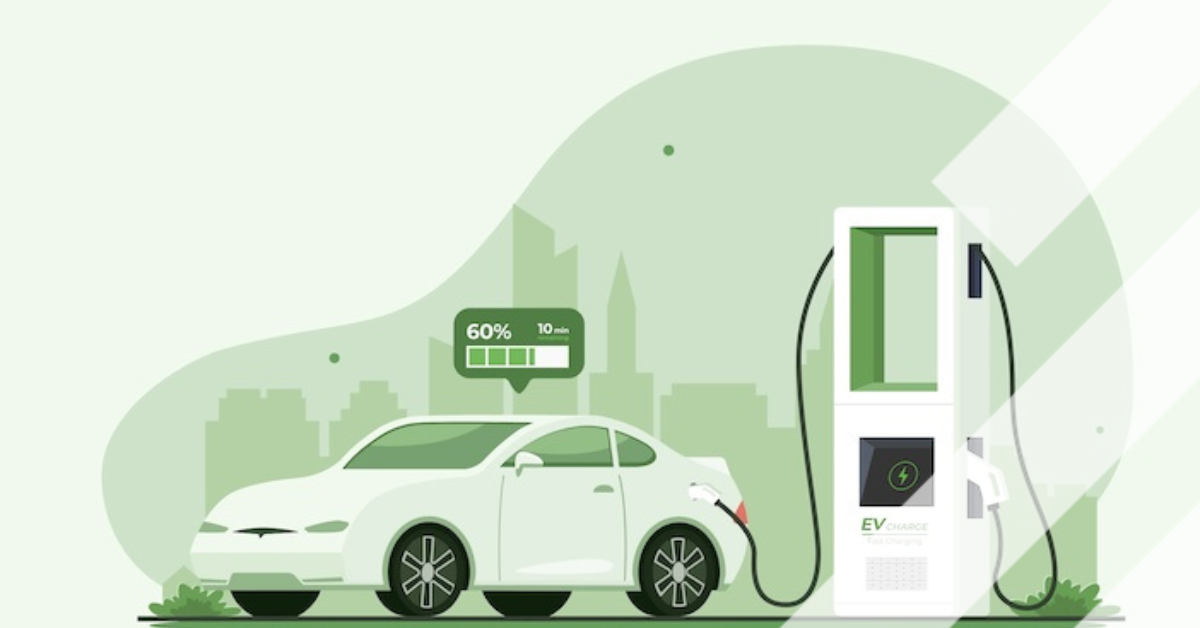The importance of the end-user perspective in lessening on-street parking
Many attempts have been made on understanding and changing the behaviour of car-using inhabitants and tourists within city walls. Using cars in cities brings many different problems with it, including the main issue of this report: streets filled with parking.
Around 36% of parking is on the street*, and an average parking spot in the UK takes up 11.5 square meters**. This varies per country, but mostly tends to be larger rather than smaller.
A study of the city’s parking inventory in Mexico City found that parking spaces accounted for 40% of everything being built in the city. That meant that parking covered even more area than housing. Alright, so… who cares, right? Why does this matter?
Problems with on-street parking
On street or curbside parking shows to have a significant effect on road performance; it overflows the capacity, lowers car speed significantly and greatly increases the saturation. In other words, it has a negative effect on the flow of cities, the experience of car usage and can cause traffic to be on the road longer, which will create more CO2 congestion.
According to governments and inhabitants of cities who do not use a car, see on-street parking as a nuisance. On-street parking is not an efficient use of land as city space is scarce and can be used for other things. Besides this, on-street parking is disruptive for the traffic flow and it offers less room for other types of mobility or more space for other pursuits, such as cafés, homes, trees and more.
How on-street parking is viewed by the end-user
According to a UK study on Stakeholder perspectives on the value of car parking, car usage and on-street parking are not seen as an issue by the driver, the end-user himself. Instead, they mainly see positive relations between readily available parking and being able to live their way of life. This exact behaviour of inhabitants to park as near as possible to their destination is the main thing that tends to increase the roaming around looking for parking, consequently encouraging them to use curbside parking.
Parking on the streets then even becomes a preference for the end-user, the number one reason is: because it’s easy. It’s near their location, and they do not have to go through any hassle of buying parking tickets etc…
Importance of user perspective on car usage in the city
In this sense, the user perspective comes highly into play. How can we ensure that this perspective and the behaviour of parking on the streets changes? If it does, we would see a more positive impact on traffic and land usage overall.
If the pros outweigh the cons, you have a higher chance of people switching their parking to what is easiest and quickest for them. Drivers mainly consider three things within parking: good pricing, easy accessibility, and so it is close to their location to facilitate easy access to their daily life.
So how can we use the user perspective to change their behaviour?
The answer seems simple, we need to change the views of off-street parking; off-street parking should be more appealing than on-street.
But how can we change this perspective?
By making it more difficult and unappealing to park and pay on the street and making it easier and cheaper to park off the street. This means making off-street parking just as easy as on-street, limiting on-street parking, and creating considerable price differences between on-street parking and off-street parking.
Find the way of least resistance for the user to show the desired behaviour and they will go with the most effortless flow.
Many European cities have shifted away from accommodating cars and have started working on tactics to regulate their parking instead. These tactics include economic and regulatory measures, e.g. changing pricing and building regulations. Furthermore, changing the physical design of the existing spaces while lessening them and working on more quality of service within contracting and technologies to ensure easier access and forms of payment.
Parking facility access and the end-user perspective
The shift in the user perspective will be impacted highly by these new tactics and the ease with which they experience parking off-street. The ease of use of the offline parking is highly impacted by parking access and how it works for the user. Check out the ultimate guide to parking access systems for more information regarding these systems. In general, the ease of the user will be decided by the automation of the parking access. This includes the implementation of technologies such as online payments, apps and parking facility access via cameras.
Curious to learn more on how parking facility access with cameras will change expectations regarding off-street parking from the end-user perspective? And how this will impact the off-street parking industry? Visit EasyPark’s Bernd Reul’s session on Wednesday 30th of March at 15.00 in Summit Theatre 3 at Intertraffic Amsterdam.
Are you looking for more parking topics during the event on the 30th of March? Come around 14.00; multiple parking sessions will be on the program that day, moderated by the CEO of Mobypark Jaap Sybenga.
Don’t forget to get your free ticket here.
Calculations:
*40,887,697 spaces, with 26,175,123 off-street and 14,712,574 on-street > 36%. The estimate for all of Europe, including countries that do not belong to EPA, is 47,124,388 regulated spaces, 30,167,672 off-street and 16,956,716 onstreet > 36%.
**8 feet (2.4 meters) wide by 16 feet (4.8 meters) >11.5
Related articles:
Share your story
Do you have an innovation, research results or an other interesting topic you would like to share with the professionals in the infrastructure, traffic management, safety, smart mobility and parking industry? The Intertraffic website and social media channels are a great platform to showcase your stories!
Please contact our Sr Brand Marketing Manager Carola Jansen-Young.
Are you an Intertraffic exhibitor?
Make sure you add your latest press releases to your Company Profile in the Exhibitor Portal for free exposure.







